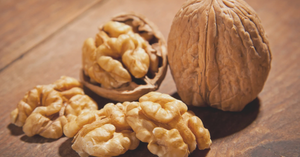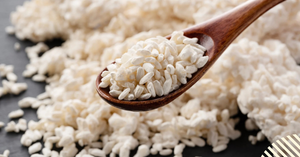Ensuring optimal nutrition during the early years of a child’s life is crucial for their growth, development, and long-term health. The World Health Organization (WHO) and other scientific organizations emphasize the importance of a balanced diet that meets the nutritional needs of young children.
In India, where dietary habits vary widely across regions, it’s essential to tailor nutritional advice to include a variety of locally available and culturally acceptable foods. This article provides comprehensive dietary advice for children aged 2 to 5 years in India, along with a sample diet plan that includes numerous healthy growth and development options.
Nutritional Requirements for Children Aged 2 to 5 Years
Macronutrients
1. Carbohydrates: Provide the primary source of energy. Focus on whole grains like rice, wheat, and millet, which release sustained energy.
2. Proteins are essential for growth and development. Sources include pulses, dairy products, eggs, meat, fish, and legumes.
3. Fats are essential for brain development. Healthy fats can be found in ghee, butter, nuts, seeds, and oils like mustard and groundnut oil.
Micronutrients
1. Vitamins:
· Vitamin A: Important for vision and immune function. It is found in carrots, sweet potatoes, and green leafy vegetables.
· Vitamin C: Boosts immunity and aids in iron absorption. Sources include citrus fruits, tomatoes, and guavas.
· Vitamin D: Crucial for bone health. Sunlight exposure and foods like fortified milk and eggs help meet this requirement.
2. Minerals:
· Calcium: Essential for bone and teeth development. It is found in dairy products, ragi, and green leafy vegetables.
· Iron: Important for cognitive development and preventing anaemia. Sources include lentils, spinach, and fortified cereals.
· Zinc: Supports growth and immune function. It is present in meat, nuts, and dairy products.
General Dietary Guidelines
1. Variety and Balance: Include a wide range of foods to meet all nutrient needs.
2. Portion Sizes: Appropriate portion sizes prevent overeating and ensure a balanced intake of nutrients.
3. Hydration: Ensure adequate water intake to support overall health.
4. Minimize Junk Food: Limit sugary snacks, deep-fried foods, and drinks.
5. Regular Meals and Snacks: Provide three main meals and two to three healthy snacks daily to maintain energy levels.
Sample Diet Plan
Here is a sample diet plan for children aged 2 to 5 years, incorporating diverse food options suitable for Indian dietary preferences:
Breakfast Options
i. Vegetable upma with grated carrots, peas, and a boiled egg
ii. Dosa with coconut chutney and a glass of milk
iii. Paratha stuffed with paneer and spinach served with yoghurt
iv. Oats porridge with banana slices and a handful of nuts.
Mid-Morning Snack
A fresh salad with seasonal fruits like mango, papaya, pomegranate OR glass of buttermilk OR, sprouts salad with a squeeze of lemon OR A small bowl of boiled corn with a dash of butter and salt.
Lunch options
i. Rice with dal, mixed vegetable curry, and a cucumber raita.
ii. Chapati with chicken curry and sautéed greens,
iii. Khichdi is made with rice, lentils, and vegetables and served with yoghurt.
iv. Paneer bhurji with paratha and a small bowl of curd.
Afternoon Snack Options
i. A bowl of yoghurt with honey and chopped nuts.
ii. A slice of whole grain bread with almond butter.
iii. Homemade vegetable cutlets
iv. A small bowl of poha with peanuts and coriander.
Dinner Options
i. Idli with sambar and a side of coconut chutney.
ii. Chapati with mixed vegetable sabzi and a glass of milk.
iii. Rice with fish curry and a small serving of carrot-beetroot salad.
iv. Dal paratha with a bowl of curd and a few slices of apple.
Additional Tips for Parents
1. Encourage Self-Feeding: Allow children to feed themselves to develop motor skills and independence.
2. Create a Positive Eating Environment: Make mealtimes pleasant and stress-free. Avoid distractions like TV or mobile phones.
3. Be a Role Model: Children mimic adults. Eating various healthy foods yourself will encourage your child to do the same.
4. Involve Children in Meal Preparation: To increase children’s interest in food, engage them in simple cooking tasks.
5. Monitor Growth and Development: Regularly check your child’s growth parameters and consult a paediatrician for any concerns.
Conclusion
Providing a balanced and varied diet is essential for the healthy growth and development of children aged 2 to 5 years. By following the guidelines set by WHO and incorporating various nutrient-rich foods, parents can ensure their children receive the necessary nutrients to thrive.








Be the first one to comment on this story.